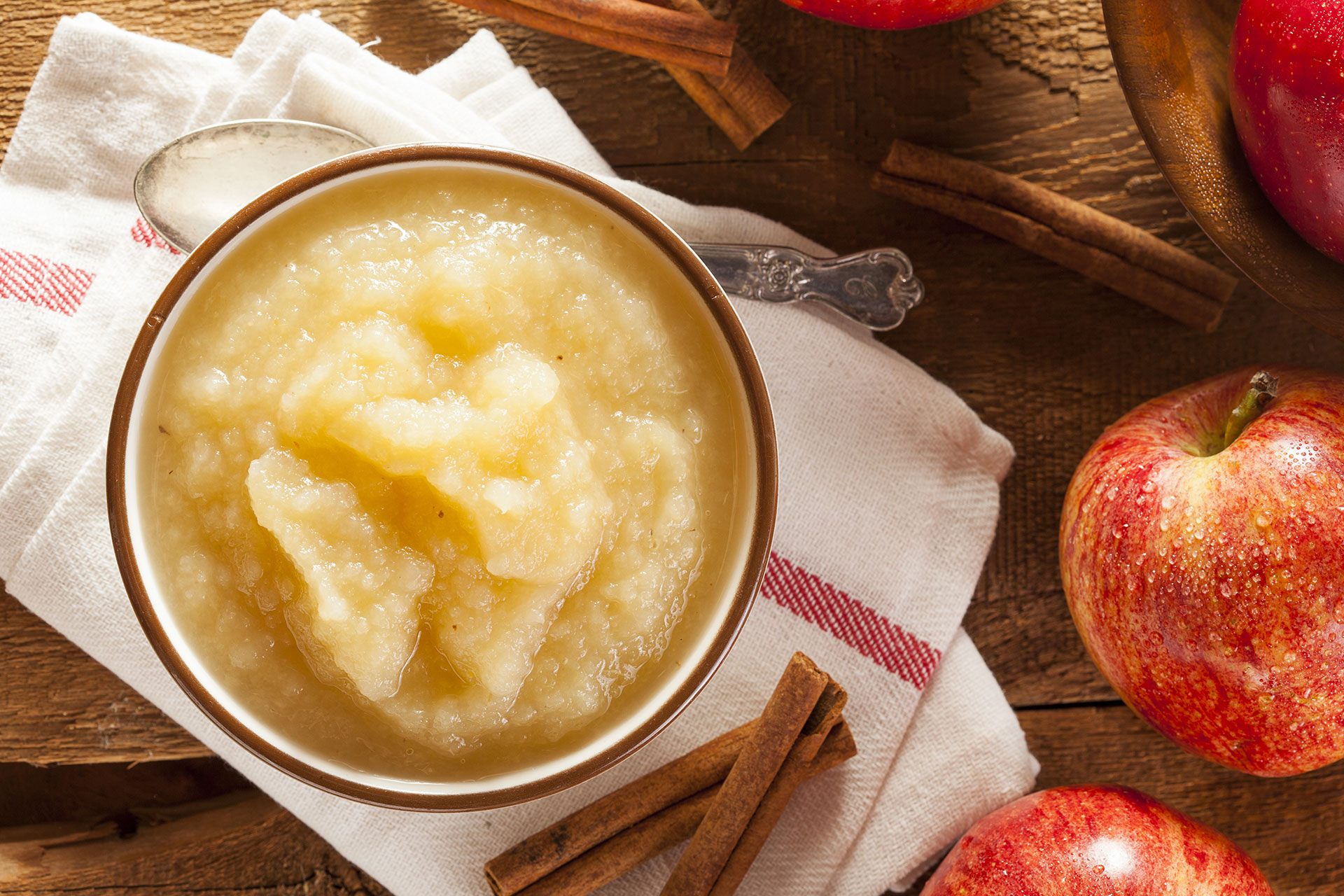Did you know most of the vitamins, minerals, and fiber found in apples are actually in the peel? To get the most nutrition out of them, leave the peels on for this simple, stovetop recipe. Once blended, the cooked peels virtually disappear. Sweet, soft apples such as McIntosh and Gala work best in this naturally sweet applesauce, and their red peels add a nice rosy color.
